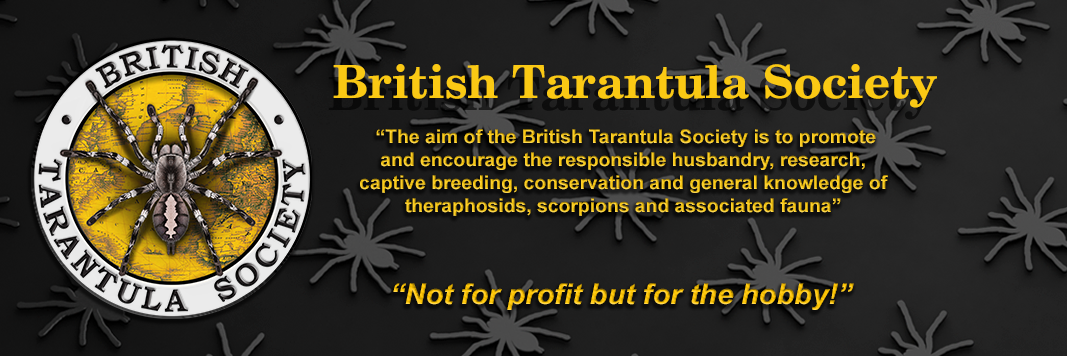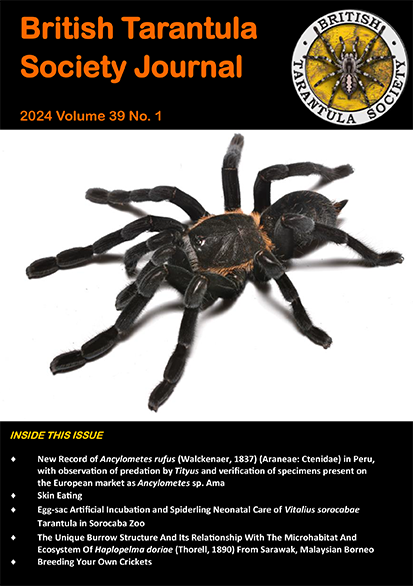My spider is laying on its back.
Your spider is about to moult. Leave it be and let it get on with it. This process could take up to 24 hours to complete. Remove all live food from the tank (this could damage the spider in its vulnerable state).
My spider is not feeding anymore.
Chances are it is approaching a moult. It will begin to feed again several days after its moult (if it’s a spiderling even sooner). Maybe it’s too cold. Increasing the temperature to between 25-30ºC will probably stimulate its appetite. Some species (e.g. Grammostola rosea) will fast for considerable lengths of time (+6 months). Don’t worry, it is unlikely to harm the spider.
My spider is clinging to the side of the tank and will not use its retreat.
If it’s an arboreal (tree dwelling) species this is normal behaviour. Such genera are Poecilotheria, Avicularia, Tapinauchenius, Psalmopoeus, Stromatopelma, Heteroscodra and some Cyriopagopus and Pterinochilus species.
If it’s a terrestrial species the spider is not “happy” with its substrate. Maybe this its too wet or too dry. Change the substate or dampen it and see what happens. The spider might also be hungary.
My spider kicked its back legs over its abdomen.
Chances are it’s from the New World and has just kicked a cloud of irritant, barbed hair into the air. These hairs are typically present on the upper side of the abdomen. Avoid contact with these hairs. Minimizing disturbance will reduce hair kicking.
My spider’s abdomen has got a bald patch.
It has been kicking urticating hair (see above). Don’t worry the hair will be replaced with the next moult.
My arboreal spider has squirted a jet of liquid out of its rear end.
Your specimen is defecating. You’ll notice that its faeces are composed of several small, white blobs within a liquid medium.
My spider made a hissing sound.Stridulation sound
Many tarantula species have specialised patches of hair/bristles which they can rub together to produce warning sounds.




